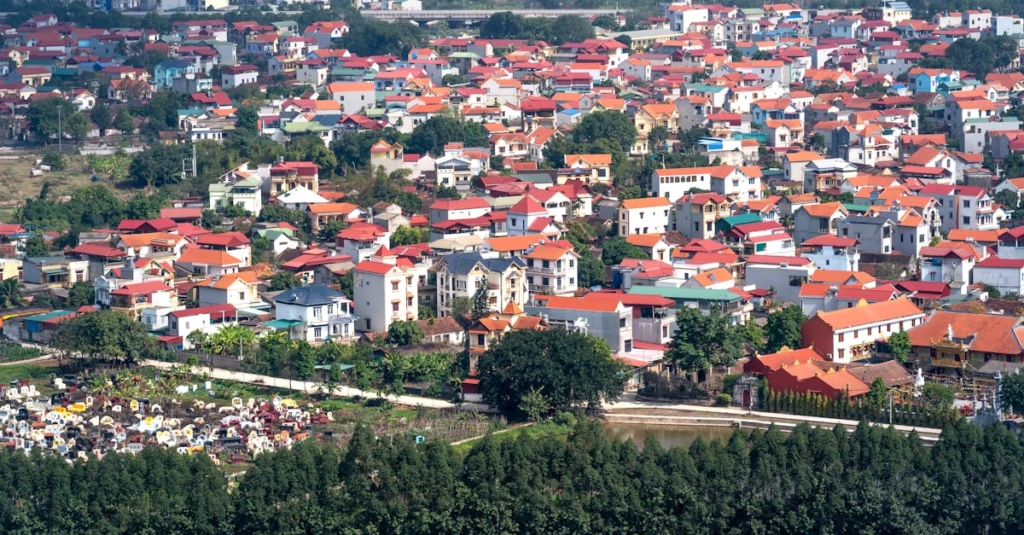Sydney may dominate headlines, but for many home buyers and property investors, it’s increasingly out of reach. Affordability is at record lows, median house prices push past $1.5 million, and rising interest rates have forced buyers to look elsewhere like NSW regional areas.
Here’s the good news: NSW Regional Markets are entering a growth cycle between 2025 and 2030. With new infrastructure, migration shifts, and affordability advantages, regional centres are quickly becoming investment goldmines.
In this article, we’ll reveal the fastest-growing NSW regional property hotspots, key growth drivers, and the risks every buyer and investor needs to know.
Read moreNSW Regional Property Will Outperform 2025–2030
Affordability Advantage
Compared to Sydney, regional NSW offers entry points 30–50% cheaper — yet many locations still achieve strong capital growth. This makes them attractive for:
- First-home buyers priced out of Sydney.
- Investors chasing rental yields and long-term equity.
Migration Trends
- Population growth: More than 100,000 new residents are projected to move into regional NSW by 2030.
- Lifestyle migration: Families, remote workers, and retirees are choosing coastal and lifestyle hubs like Byron Bay, Coffs Harbour, and the Hunter.
- Interstate investors: Sydney and Melbourne buyers are targeting regional NSW for better value.
Infrastructure Pipeline
Billions are being invested in regional connectivity: upgraded highways, rail links, renewable energy zones, and health/education facilities. These projects not only create jobs but also increase long-term housing demand.

NSW Regional Property Hotspots 2025–2030
1. Newcastle & Hunter Region – The Powerhouse of Growth
- Why it’s hot:
- Largest regional city in NSW.
- Strong economy anchored in health, education, and renewables.
- Ongoing infrastructure like the Newcastle Light Rail and Port expansion.
- Market outlook:
- Median house price growth forecast: 4–6% p.a. through 2030.
- Rising demand for family homes and modern apartments.
- Investor angle: Strong rental yields, especially with student housing linked to the University of Newcastle.
2. Central Coast – Sydney’s Affordable Alternative
- Why it’s hot:
- Proximity to Sydney (1–1.5 hours by train).
- Popular with commuters, retirees, and young families.
- Lifestyle appeal: beaches, national parks, and improved healthcare.
- Market outlook:
- Continued migration from Sydney ensures steady demand.
- Infrastructure boost: NorthConnex and road upgrades improving connectivity.
- Investor angle: Dual-income properties (granny flats) in suburbs like Gosford and Wyong are gaining traction.
3. Illawarra & Wollongong – Lifestyle + Jobs
- Why it’s hot:
- University of Wollongong and major hospitals anchor employment.
- Beaches and lifestyle appeal drive population inflows.
- Growing tech and innovation hubs.
- Market outlook:
- Median unit and townhouse growth forecast 3–5% annually.
- Investor angle: Consistent student rental demand + professionals relocating for affordability.
4. Coffs Harbour & North Coast – Lifestyle Capital of the North
- Why it’s hot:
- Airport connectivity and Pacific Highway upgrades.
- Migration inflows from Sydney/Brisbane.
- Tourism and lifestyle economy growing rapidly.
- Market outlook:
- House price growth projected at 4% p.a.
- Investor angle: Holiday rentals and Airbnb opportunities booming.
5. Byron Bay & Northern Rivers – Prestige Meets Affordability Crisis
- Why it’s hot:
- Iconic lifestyle destination attracting high-income buyers.
- Strong migration post-pandemic from Sydney and Melbourne.
- Market outlook:
- Rapid growth has strained affordability.
- Volatile market, but long-term demand remains.
- Investor angle: Premium rental returns in tourism and lifestyle markets, but entry price is high.
6. Orange & Central West NSW – Mining & Agriculture Hub
- Why it’s hot:
- Stable employment from agriculture, mining, and healthcare.
- New transport links strengthening connections to Sydney.
- Market outlook:
- Consistent, stable capital growth.
- Lower volatility compared to coastal lifestyle towns.
- Investor angle: Higher yields and affordable entry prices make this a smart diversification play.
7. Albury-Wodonga & Southern NSW – Cross-Border Advantage
- Why it’s hot:
- One of Australia’s fastest-growing regional centres.
- Strong population inflows, industrial base, and healthcare.
- Market outlook:
- Median house price projected growth 3.5–4.5% annually.
- Investor angle: Dual demand from NSW and VIC buyers keeps liquidity strong.
NSW Regional Market Risks Every Buyer Should Know
- Affordability Pressures: Some lifestyle towns (Byron Bay, Ballina) may become unsustainable for local buyers.
- Climate Risks: Coastal towns face long-term exposure to flooding and climate events.
- Economic Dependence: Towns heavily reliant on one industry (e.g., mining) carry higher volatility.
- Interest Rates: High borrowing costs may impact leveraged investors, especially in less diverse markets.
Strategic Insights: Turning Data into Opportunity
- Look Beyond Sydney: Affordability means regional markets are the new frontier for both first-home buyers and investors.
- Follow Infrastructure: Properties near transport hubs, hospitals, and universities tend to outperform.
- Diversify Geographically: Consider spreading investment across lifestyle towns, inland hubs, and industrial regions.
- Balance Yield vs. Growth: Areas like Newcastle and Wollongong offer capital growth, while Orange and Albury offer stronger yields.
Conclusion: The Next Wave of NSW Property Growth
The NSW regional property market from 2025 to 2030 is set to reshape how Australians think about real estate. With population growth, infrastructure investment, and affordability driving demand, buyers and investors have a golden opportunity to secure long-term gains outside Sydney.
Next Step: If you’re a home buyer or investor ready to explore regional NSW opportunities, book your free strategy session today. Together, we’ll find the right property in the right market, backed by fundamentals.
Disclaimer: This article provides general market insights only and is not financial advice. Always seek independent advice with professionals like me or another, before making investment decisions.
Data Sources: REIWA, CoreLogic Australia, ABS, Domain, and major bank forecasts (Westpac, NAB, ANZ).
show less